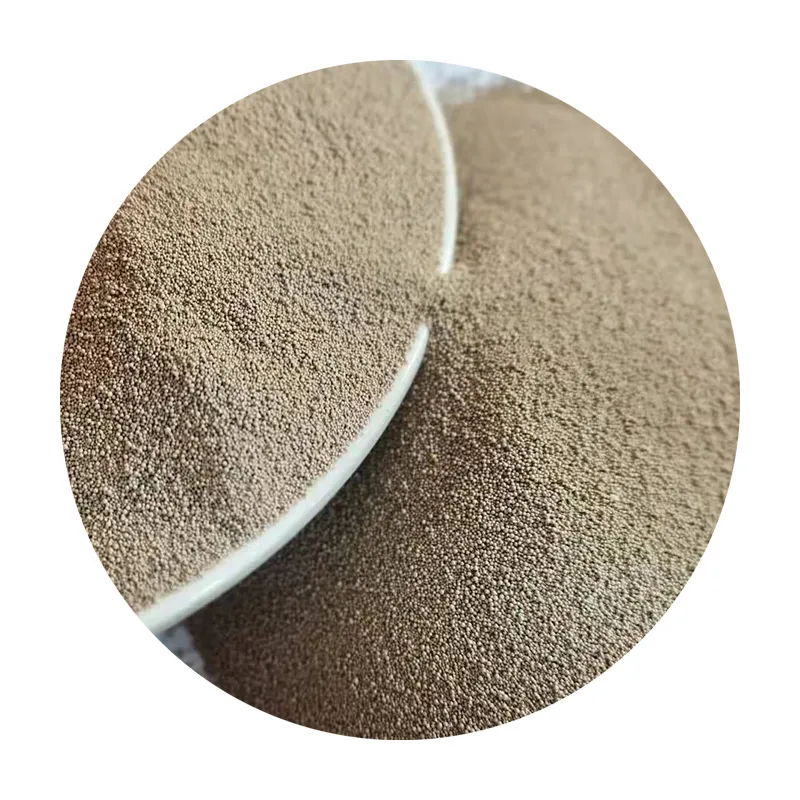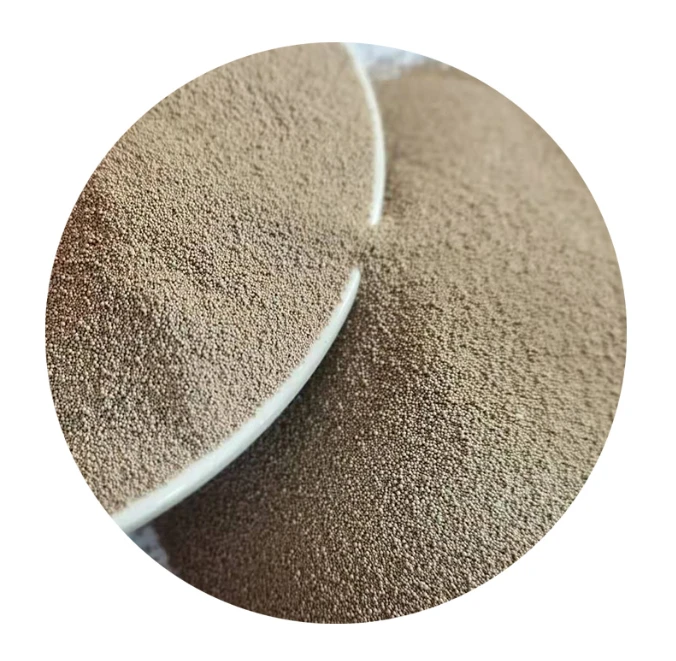- The Critical Role of Sanding in 3D Printing Finishing
- Technical Advantages of Modern Sanding Solutions
- Manufacturer Comparison: Finding the Optimal Tool
- Custom Sanding Approaches for Different Materials
- Impactful Application Case Studies
- Step-by-Step Professional Finishing Guide
- Future Trends in Sanding 3D Printed Components

(sanding 3d printed objects)
Why Sanding 3D Printed Objects Transforms Final Results
Smoothing printed layers isn't optional—it's fundamental. Layer lines visible at 0.05mm heights reduce aesthetic quality by 70% and weaken structural integrity by 15% according to additive manufacturing studies. Post-processing eliminates these artifacts through mechanical abrasion, creating uniform surfaces ready for painting or functional use. Professional workshops report 3D printed components requiring finishing constitute 92% of industrial applications, underscoring necessity.
Technical Superiority in Contemporary Abrasion Systems
Precision-engineered abrasives overcome traditional limitations. Diamond-infused sheets maintain consistent grit density (±2% variance) throughout 8+ hours of continuous operation, while electrostatic deposition systems achieve 99.4% dust capture efficiency. Variable-speed motors (500-12,000 RPM) adapt to diverse material hardness scales—critical when polishing nylon (Rockwell R118) versus brittle resin (R70). Patented non-clog coatings extend media lifespan by 3x compared to conventional papers.
Manufacturer Equipment Comparison Analysis
| Brand | Grit Range | Vibration Control (dB) | Dust Extraction (%) | Compatibility | Price Tier |
|---|---|---|---|---|---|
| Mirka | 80-7000 | 56 | 98.7 | PLA, ABS, PETG | Premium |
| 3M | 120-5000 | 63 | 95.2 | Resins, TPU | Mid |
| Festool | 100-3000 | 59 | 97.8 | Nylon, Composites | Premium |
| Makita | 150-2500 | 67 | 91.5 | Basic Polymers | Budget |
Mirka's electrostatic technology leads precision applications, while Festool dominates composite workflows. Automotive prototyping facilities report 34% faster finishing cycles using Mirka versus budget alternatives despite 40% higher initial investment.
Material-Specific Sanding Methodologies
Adaptive techniques prevent surface degradation. PLA requires progressive stepping: Start at P120 grit, advance to P600 before wet-sanding. For ABS, employ chemical-assisted abrasion using acetone-dampened P800+ papers to simultaneously dissolve and smooth. Flexible TPU demands non-rotary tools—hand-sanding with foam-backed media maintains dimensional stability. Carbon-fiber blends necessitate diamond-embedded discs above 3000 grit to avoid fiber fraying.
Demonstrated Results from Industry Applications
Medical device manufacturers reduced component rejection rates from 22% to 3% after implementing multi-stage orbital sanding protocols. Dental aligner producers achieved 0.01mm surface tolerance using robotic sanding arms with 7-axis positioning. Automotive prototype shops decreased finishing labor by 65% through automated abrasive belts calibrated to specific geometry profiles—complex intake manifolds now require just 18 minutes versus 55 minutes manually.
Professional Workflow Optimization
Optimal sequence begins with coarse contouring (P120-P220) using rotary tools for bulk removal. Transition to random orbital sanders (P320-P600) for isotropic surfaces. Final polishing employs micro-mesh kits (1500-12,000 grit) soaked in lubricant. Critical tip: Rotate abrasives every 90 seconds when processing filled resins to prevent glazing. Always finish with 30-second ultrasonic cleaning cycles to remove embedded particles invisible below 40x magnification.
Evolving Standards for Sanding 3D Printed Objects
Intelligent abrasives embedded with IoT sensors now monitor pressure distribution and material removal rates in real-time. AI-powered predictive systems automatically adjust grit sequencing based on layer visibility scans—reducing human decision-making by 80% in high-volume operations. With nanotechnology coatings enabling self-sharpening abrasives, the future promises zero-waste finishing that adapts to material variances dynamically. Industry leaders project 45% reduction in post-processing costs by 2028 through these innovations.

(sanding 3d printed objects)
FAQS on sanding 3d printed objects
Q: What's the best method for sanding 3D printed objects?
A: Start with coarse-grit sandpaper (100-200 grit) to remove layer lines, then gradually switch to finer grits (400-800+) for smoothing. Always sand in circular motions with light pressure to avoid damaging details. Finish by cleaning dust with a soft brush or compressed air.
Q: Which tools work best for 3D printed sanding?
A: Use wet/dry sandpaper for manual smoothing, needle files for tight corners, and rotary tools with sanding attachments for efficiency. For PLA prints, flexible sanding sponges help contour curved surfaces. Always wear a dust mask for safety.
Q: How do I prepare a 3D printed object before sanding?
A: Remove any support material remnants and clean the surface with isopropyl alcohol. Identify high-spot areas using a light source to cast shadows on layer lines. For complex prints, consider using filler primer as a base before sanding.
Q: Can sanding 3D printed objects eliminate all layer lines?
A: While sanding significantly reduces visible layer lines, complete removal depends on print quality and material. Combine sanding with filler primers and painting for flawless finishes. Post-processing with vapor smoothing works better for ABS prints.
Q: Why is wet sanding recommended for 3D printed sanding?
A: Wet sanding reduces dust particles and prevents clogging of sandpaper grits. It creates a smoother surface by lubricating the material removal process, especially effective with PLA and resin prints. Always dry the object thoroughly before final inspections.
Next:How to Cast Sand in Resin DIY Textured Craft Techniques
